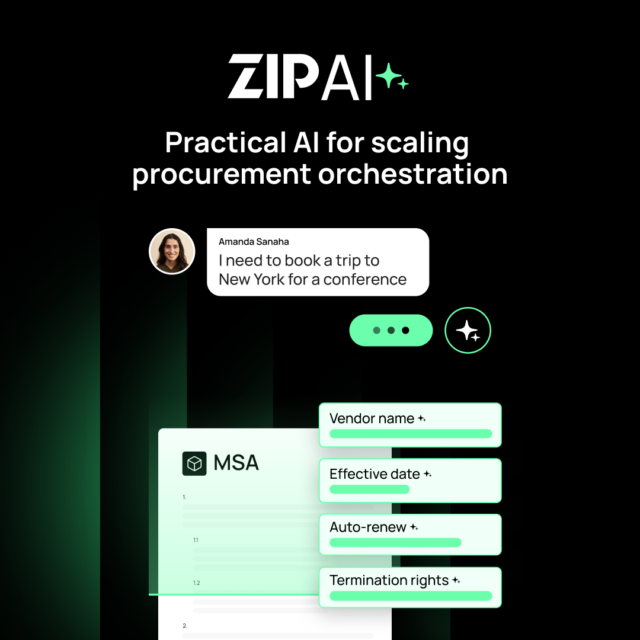The nature of the procurement function is undergoing a radical transformation. Additionally, the ways in which procurement is being perceived from outside the department are also changing. More and more leadership teams are looking to procurement to solve increasingly challenging problems.
CPOs are finding themselves a valuable part of the C-Suite, important decision-makers within the corporate hierarchy. Hervé Le Faou, CPO of Heineken, said late last year that “Fundamentally, the CPO is evolving into a ‘chief value officer,’ a partner and co-leader to the CEO who is able to generate value through business partnering, digital and technology, and sustainability, which are new sources of profitable growth in a shift toward a future-proof business model.”
Procurement teams are expected to be sources of strategic value creation, drivers of digital transformation, and the first line of defence against disruption in an increasingly volatile world. It’s a far cry from the somewhat transactional, cost-conscious back office role the function performed just a few years ago. And, with responsibility and importance, comes a raft of new challenges.
According to data gathered by KPMG in April, the current procurement landscape faces a diverse array of challenges, from tightening ESG restrictions to the uncertain (but undeniable) impact of generative AI. These trends are already creating new headwinds for procurement teams, and they’re likely to develop further as the decade wears on, not to mention be joined by others that are only now starting to emerge.
1. Risk management
The profound disruption to the global supply chain caused by the COVID-19 pandemic has receded, but it has left behind a world obsessed less with the idea of “just-in-time” than “just-in-case”.
Market fluctuations resulting in cost-spikes, material shortages, and delays, are all going to be front of mind for procurement teams this year. However, internal issues like siloed departments, inefficiencies, and fraud also have the potential to prevent procurement from living up to its potential. Procurement’s role in managing third party risk is going to increasingly place the function at the heart of organisations’ response to potential threats. Leadership teams will expect CPOs to find answers and ways around these dangers.
2. Transparency and data quality
Whether from an ESG perspective or simply a desire to shock-proof your value-chain, attaining good, plentiful data about your supplier ecosystem and the market forces that affect them is a high priority and a daunting challenge for procurement teams.
The consequences of poor quality internal data trickle down into the decision-making process, and could cause the business to lose out on crucial opportunities. Likewise, a poor understanding of your suppliers and their activities could cause Scope 3 emissions to skyrocket, and even involve organisations in practices that damage brand reputation or result in the purchase of inferior quality products.
KPMG’s industry survey found that implementing data analytics procurement leaders view implementing data analytics as the single most important activity they would engage in the next 12–18 months. However, respondents also cited limited data and insights as their top internal challenge, “indicating an urgent need to invest in this area.”
Organisations are awash in a sea of disorganised data, and the growing influence of generative AI looks ready to make this problem worse before it gets better.
Generative AI has rapidly become the most widely-discussed (not to mention heavily invested in) technology in multiple industries. While many organisations are keen to explore the potential for generative AI to automate functions, create new sources of value, and do any number of other things, the technology has the potential to have just as many negative effects on the industry as good ones.
3. Regulation, compliance, and Scope 3 Emissions
Whether tied to sustainability reporting or the movement of goods across international borders, the global regulatory landscape is becoming more stringent, and the penalties for violation more severe.
Procurement teams need to stay abreast of fast moving compliance landscapes, ensuring they (and their suppliers) are up to date with changing requirements lest they have their operations disrupted and potentially face costly fines. Automation and AI have a role to play in this process, potentially monitoring, analysing, and completing compliance documentation without the need for tedious manual work.
Many organisations, especially in Europe, face increasingly strict regulatory and reporting standards regarding ESG. KPMG’s survey found that 66% of respondents believed that these growing regulatory and ESG demands would heavily influence strategic sourcing decisions over the next 3-5 years.
Businesses must increasingly demonstrate that their production and supply chains are low-carbon, environmentally friendly, and ensure fair wages and good working conditions. This trend spans various industries, with financial services and government sectors facing intense scrutiny.











